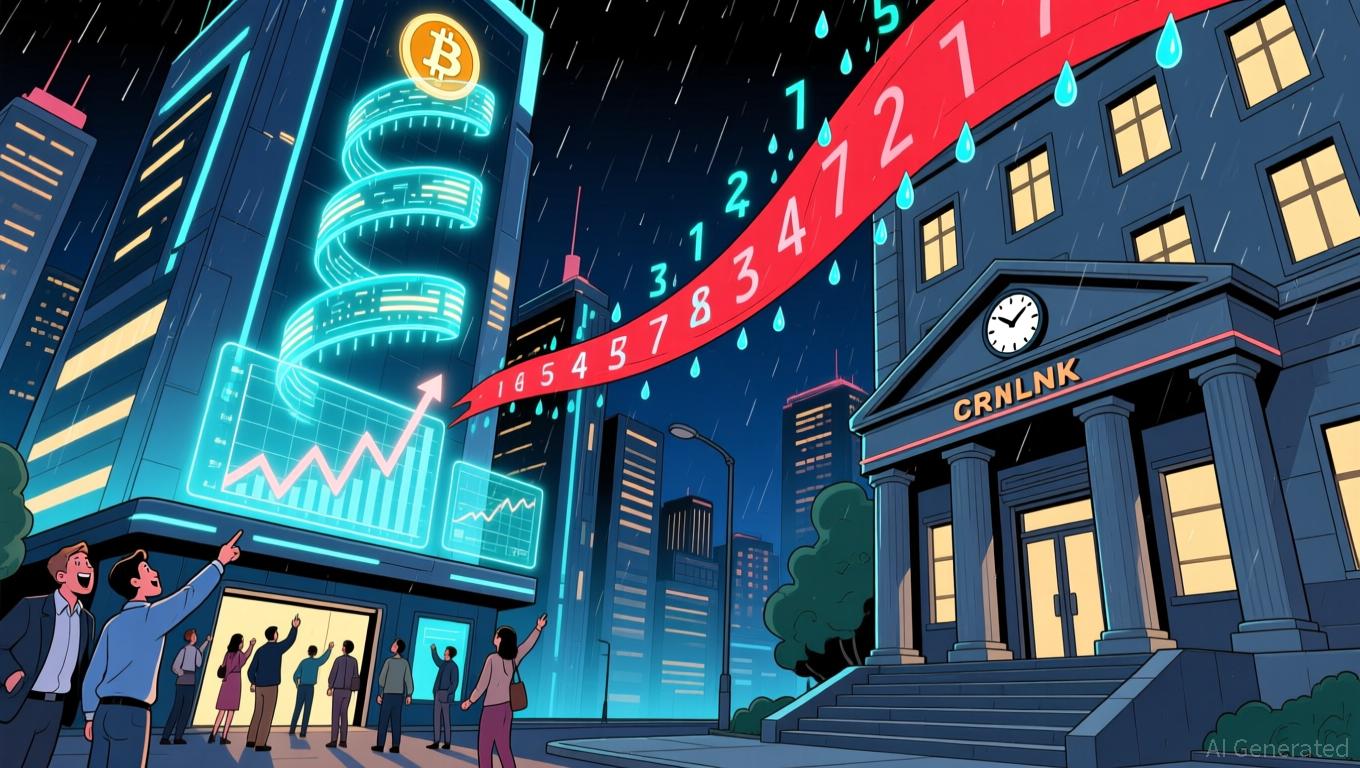BCH Drops 0.26% as Short-Term Price Fluctuations Approach Six-Month Minimums
- Bitcoin Cash (BCH) fell 0.26% in 24 hours but gained 15.58% over one year, showing mixed short- and long-term performance. - Technical indicators suggest consolidation, with a 200-day moving average above price and RSI at neutral 54, signaling no major trend reversal. - Reduced volatility has challenged backtesting models, forcing analysts to recalibrate event thresholds due to lack of extreme price swings since 2022.
As of November 10, 2025, BCH declined by 0.26% over the past day, settling at $502.2. Over the previous week, it gained 2.68%, but lost 6.15% in the last month. Over the past year, however, BCH has increased by 15.58%.
In recent weeks, BCH’s price has shown limited movement, with volatility indicators pointing to a temporary slowdown in speculative trading. The coin has dropped 6.15% in the last month, yet long-term investors remain well-positioned, as the 365-day return stands at a 15.58% increase. This contrast between short-term losses and long-term gains underscores the market’s growing maturity, with those holding for longer periods less impacted by short-term price changes.
Technical analysis presents a mixed outlook. The 200-day moving average is still above the current price, which supports the ongoing bullish trend. The RSI is at a neutral 54, suggesting neither overbought nor oversold conditions. Meanwhile, the MACD line has leveled off, indicating a pause in momentum. These signals point to a consolidation phase rather than a reversal, as traders appear to be waiting for new developments before taking positions.
With few sharp price movements in recent months, strategy testing has also been affected. Analysts who use historical volatility to model BCH’s behavior have found fewer relevant data points for event-driven backtesting, prompting a need to adjust their frameworks—especially for strategies that rely on significant daily price changes.
Backtest Hypothesis
Recent backtesting has faced challenges due to the lack of major price surges in BCH’s historical data. From January 1, 2022, to November 10, 2025, BCH did not experience a single day with a price jump of 15% or more. This absence of extreme moves caused an internal error in the event-backtest engine, as it requires at least one qualifying event to generate post-event statistics.
This period of relative calm suggests BCH has been more stable than some other cryptocurrencies. For analysts and quantitative researchers, this means they may need to lower the threshold for what counts as a “significant” event—perhaps to 10% or 8%—or use different criteria, such as intraday highs or weekly returns. It also raises questions about the suitability of event-driven models for BCH unless volatility picks up again.
Disclaimer: The content of this article solely reflects the author's opinion and does not represent the platform in any capacity. This article is not intended to serve as a reference for making investment decisions.
You may also like
Bitwise’s Chainlink ETF Listed on DTCC as Institutional Interest in LINK Rises

Visa Launches Program to Speed Cross-Border Payments via Stablecoins

Solana News Update: Clearer Regulations Help Crypto Yields Close the Gap with Traditional Finance
- Crypto's yield gap with TradFi narrows as LSTs and RWAs drive innovation, with stablecoins and tokenized assets bridging the 8-11% vs. 55-65% disparity. - U.S. GENIUS Act boosted institutional trust in yield-bearing stablecoins by enforcing collateral rules and AML compliance, spurring 300% YoY market growth. - Circle's 4.15% reserve returns and $740M Q3 revenue highlight stablecoin profitability, while embedded solutions make adoption "invisible" in consumer apps. - DeFi crises like xUSD depegging cause

Bostic's Departure Under Political Scrutiny Challenges the Federal Reserve's Autonomy
- Atlanta Fed President Raphael Bostic announced his retirement in November 2025, stepping down in February 2026 after nearly nine years as the first Black and openly gay Fed regional bank leader. - His tenure emphasized economic equity post-2020 protests and cautious inflation management, supporting two 2025 rate cuts while urging restraint to return to the 2% inflation target. - Bostic's exit coincides with Trump administration pressure for lower rates and potential influence over regional banks , testin
